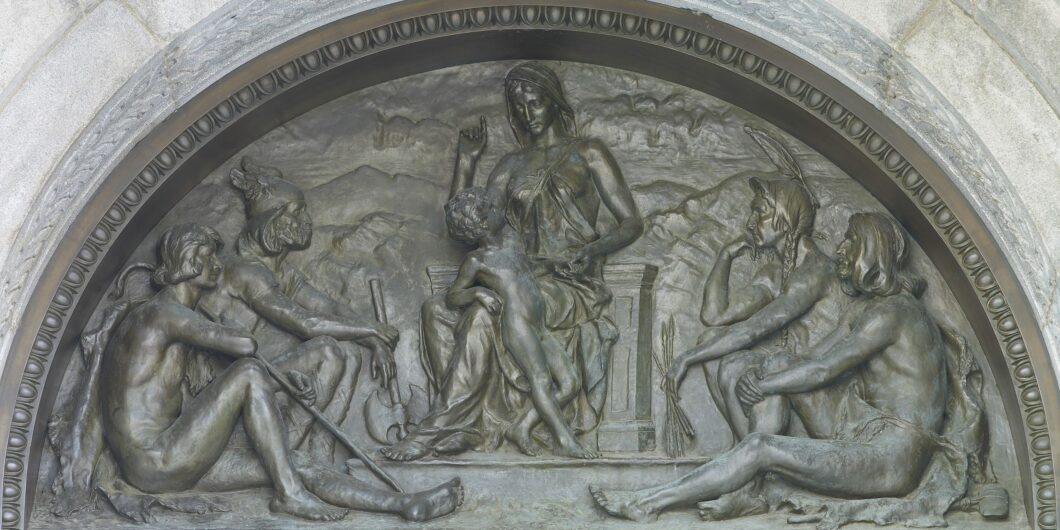Understanding American Nationhood through Federal Common Law
The Core Debates
Issues like affirmative action, abortion, and LGBTQ rights have become focal points of political discourse in the United States, sparking deep debates along constitutional, policy, and moral lines. At the heart of these discussions lies a pivotal assertion from the Declaration of Independence: “all men are created equal.” This statement serves as a foundation for understanding the broader questions of American identity and governance.
Benjamin Clark’s Insights
In his work, Contending for American Nationhood, Benjamin Clark delves into a critical analysis of American nationhood, focusing particularly on the discourse surrounding federal common law during the Early Republic. Clark posits that this debate is symptomatic of deeper ideological struggles regarding the essence of the American nation.
The Historical Context
Clark traces the evolution of nationhood debates back to the early 19th century, notably showcasing the influential writings of Justice Joseph Story, who served on the U.S. Supreme Court from 1812 until 1845. Story’s contributions, particularly his three-volume Commentaries on the Constitution of the United States, significantly influenced constitutional interpretation.
Competing Theories of Nationhood
During Justice Story’s time, two main theories about the nature of American nationhood emerged: the “Compact Theory” and the “Nationalist Theory.” These competing frameworks drew upon America’s historical formation, yielding different interpretations of sovereignty and governance.
- Compact Theory: This perspective argued that states predate the Union, viewing America as a confederation of sovereign entities.
- Nationalist Theory: In contrast, this view held that the Union was established first, with governance emanating from a collective American identity.
Legal Implications of Nationhood Theories
The implications of these theories were far-reaching, dictating the mechanisms for resolving political disputes. Ideas such as interposition and nullification stemmed from the Compact Theory, while the Nationalist Theory formed the foundation for federal authority.
Clark identifies Story as a prominent advocate for the Nationalist Theory, particularly evident in his arguments for the existence of federal common law. Despite the complexities, Story believed that a national legal framework was necessary to fulfill the functions of governance effectively.
The Role of Common Law
The origin of common law in England posed questions for the newly independent United States, particularly regarding its applicability at the national level. While states largely continued to employ English common law, opinions diverged on how it should be integrated into national governance.
Story contended that federal common law was essential for establishing legal standards, asserting, “there was a palpable need for a more comprehensive set of guides and rules.” Despite his compelling arguments, the Supreme Court generally aligned with opponents of federal common law, suggesting limited applicability for cases beyond legislative scope.
Legacy and Contemporary Relevance
While Justice Story’s proposition for a federal common law encountered resistance and eventual rejection, Clark asserts that the broader Nationalist view ultimately triumphed in the historical landscape shaped by the Civil War and its aftermath. Despite this victory, contemporary debates over American identity remain nuanced and complex.
Today’s political landscape may not invoke outright secession or nullification; however, divisions regarding national identity continue to manifest, prompting questions about the nature of community in America.
Conclusion
Clark’s Contending for American Nationhood significantly enhances our understanding of the historical debates surrounding American identity and governance. By examining the tensions between the Compact and Nationalist theories, the book invites readers to reconsider fundamental questions about who we are as a nation and what principles should guide our collective future.

